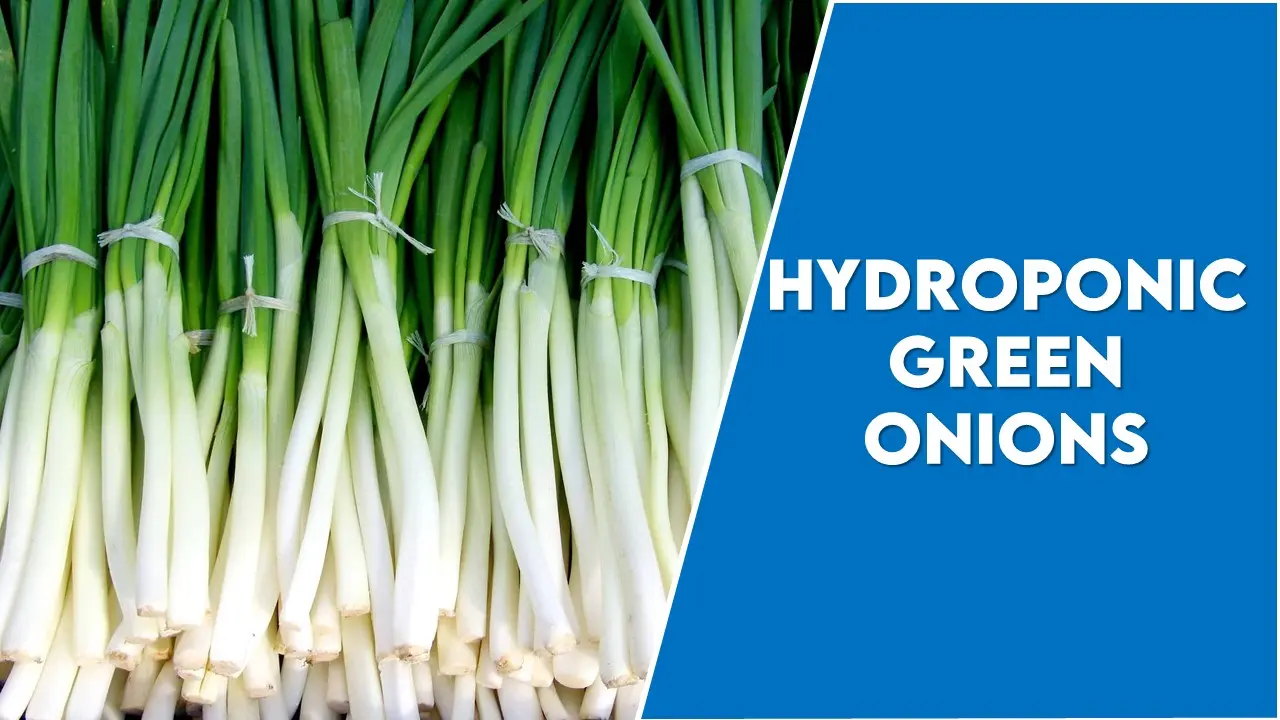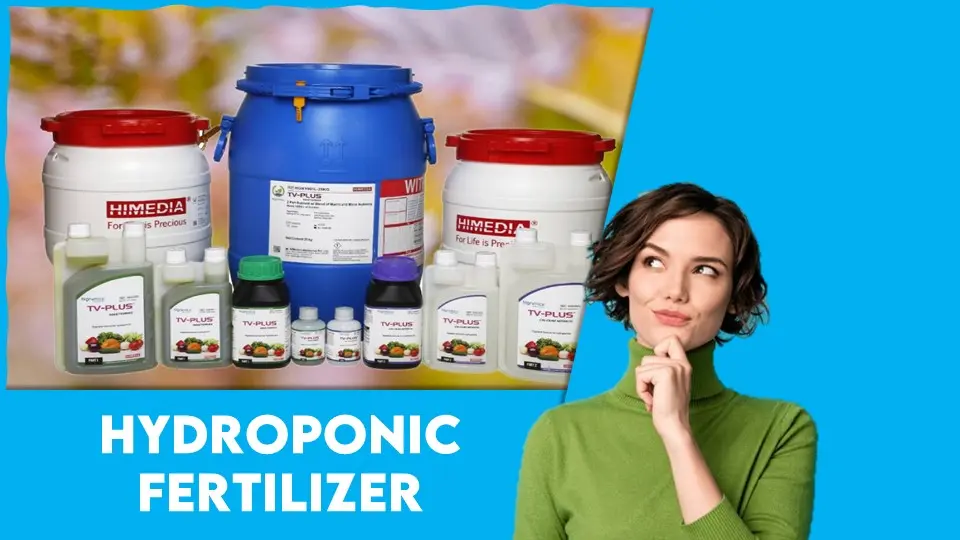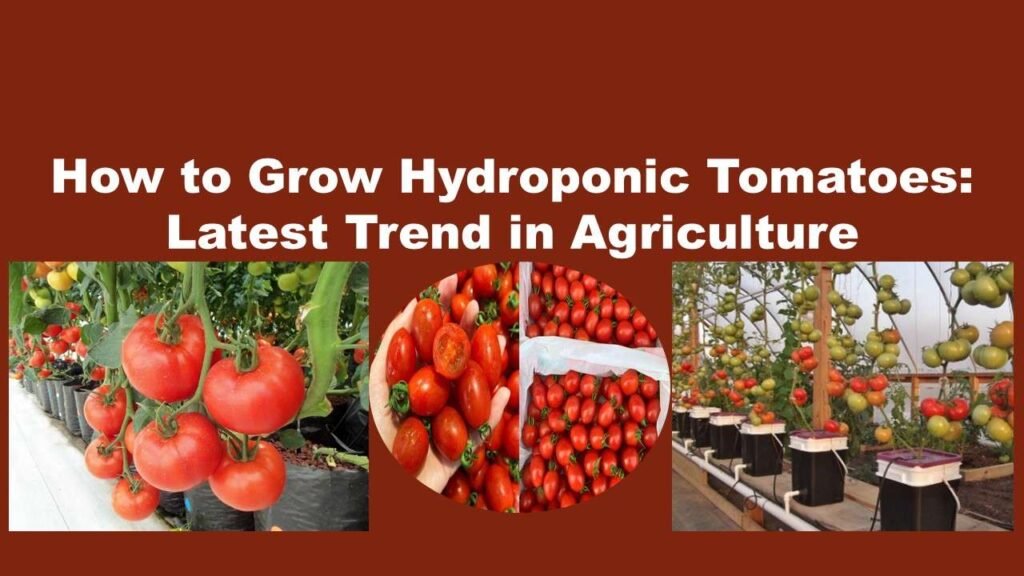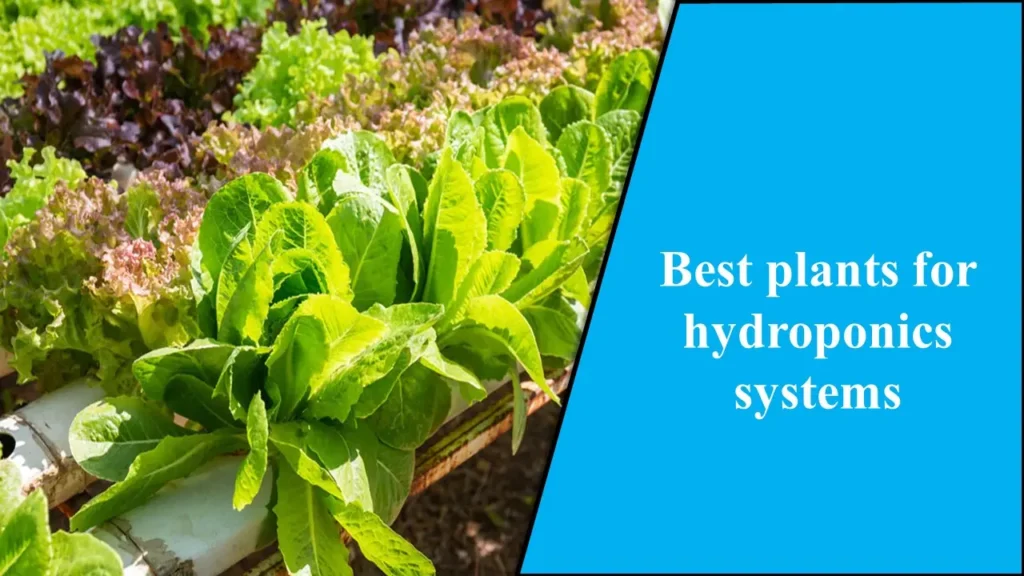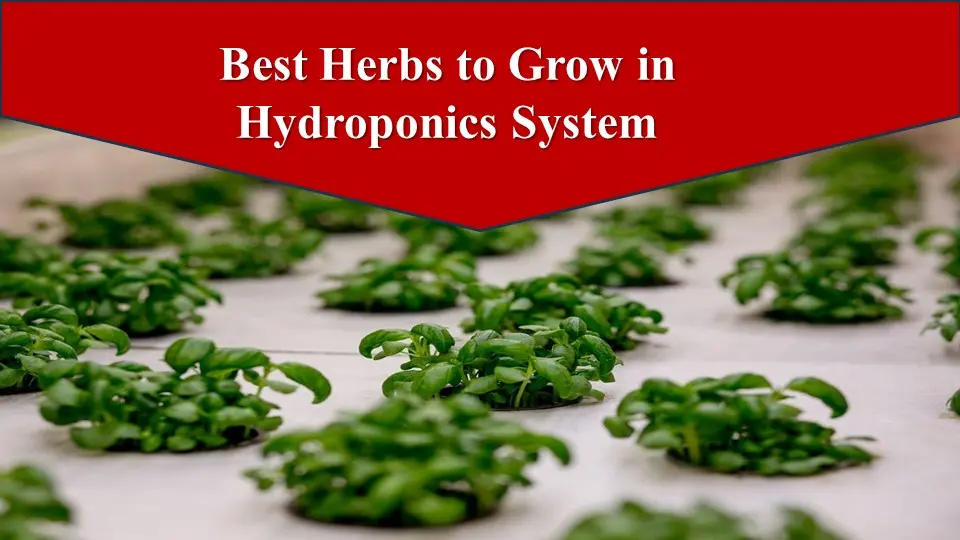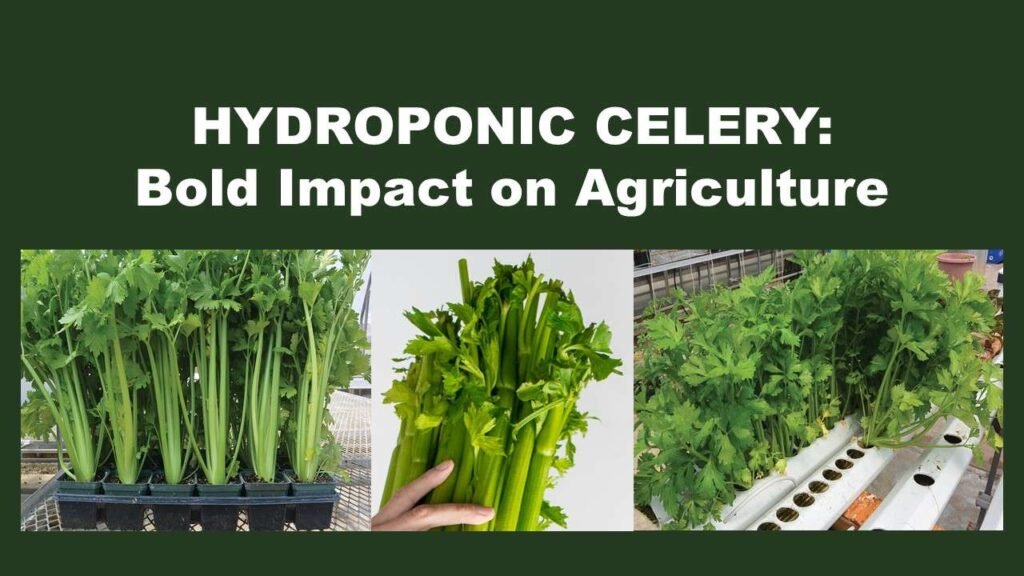How to Grow Hydroponic Green Onions: Effortless Gardening
Green onions, scientifically known as Allium fistulosum, are versatile and popular culinary plants belonging to the Amaryllidaceae family. It consists of a long green leafy stalk which ends on a little white bulb having a pungent taste but very light pungency as compared to the onions, as a result highly used as raw vegetables, soups, and garnishing with replacement of coriander. In the realm of hydroponics, green onions are particularly impactful due to their adaptability to nutrient-rich, soil-less environments. To know “How to Grow Hydroponic Green Onions” it is also important to know the importance of green onions and hydroponics.
By growing this crop under hydroponics can solve most of the growers problem as well as gives higher yield then the traditional farming with less amount of efforts. As this is work along with technology from irrigation to fertigation and from temperature to light maintenance, this needs skillful personnel for the good management of the system.
Uses of green onions:
Agricultural Uses
- Crop Rotation:
- Green onions can be used in crop rotation systems to help manage soil health and reduce pest and disease cycles.
- Companion Planting:
- Green onions are often used in companion planting to repel pests and support the growth of neighboring plants, such as carrots and tomatoes.
Economic Uses
- Market Value:
- Green onions are a high-value crop for small-scale and commercial farmers due to their short growth cycle and high demand in markets.
- Employment:
- The cultivation, harvesting, processing, and distribution of green onions provide employment opportunities in the agricultural sector.
Nutritional Value
- Vitamins and Minerals:
- Green onions are rich in vitamins A, C, and K, as well as essential minerals like calcium and iron, as this vegetable is rich in different kinds of vitamins and minerals and providing many of them in a single diet is one of the impressive parts of this crop.
- Low Caloric Content:
- They are low in calories, and the main problem of today’s generation is obesity and this is one of the best foods for those who are going through such problems..
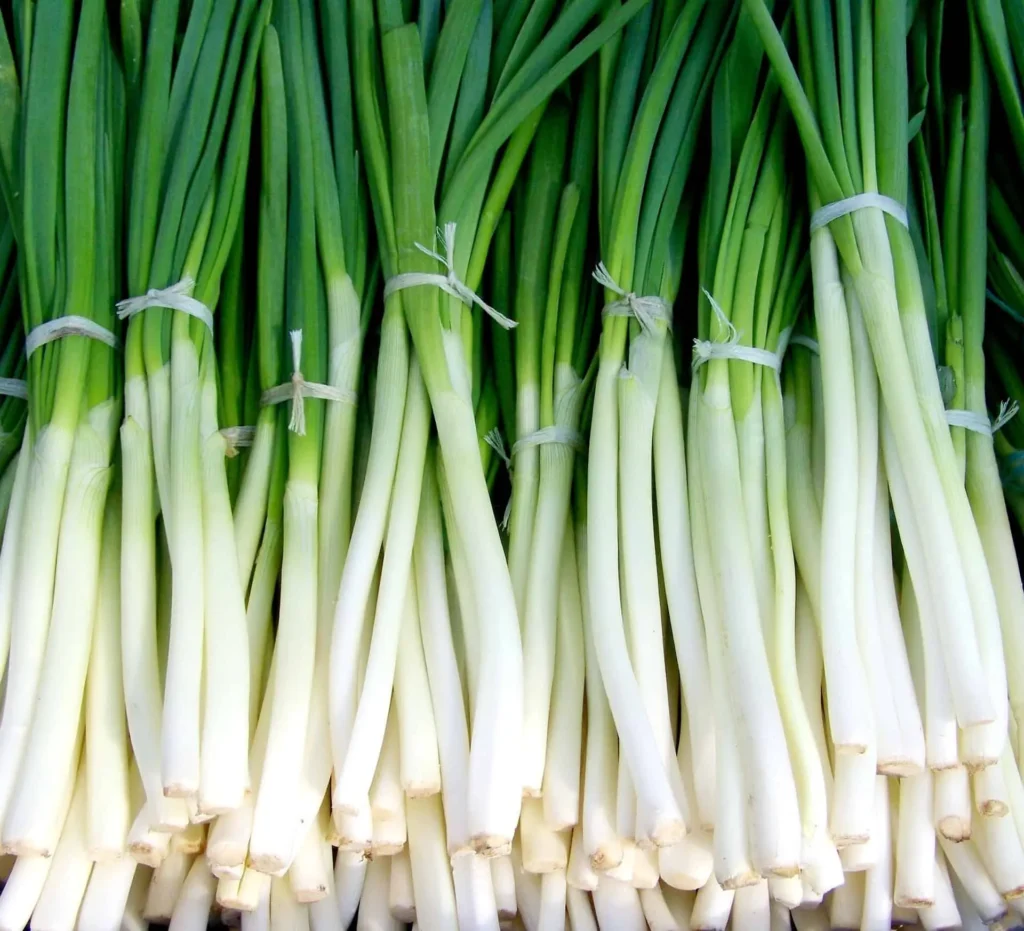
image source: bitponics
Culinary Uses
- Garnishes:
- Chopped green onions add a fresh, mild onion flavor and a pop of color to various dishes, including soups, stews, salads, and baked potatoes.
- Salads:
- Green onions provide crunch and a mild onion taste in green salads, potato salads, coleslaw, and pasta salads.
- Stir-fries:
- Sliced green onions are a quick and flavorful addition to stir-fried vegetables, meats, or tofu.
- Soups and Broths:
- Green onions can be used as an aromatic base or added as a finishing touch in soups and broths.
Impact on Health by green onions:
Such a health impact on health by this crops makes more curious about “How to Grow Hydroponic Green Onions”.
| Health Benefit | Description |
| Rich in Nutrients | High in vitamins A, C, and K, as well as folate and fiber. |
| Boosts Immune System | Vitamin C and other compounds enhance immune function. |
| Supports Heart Health | Helps reduce cholesterol levels and improve blood circulation. |
| Aids Digestion | High fiber content aids in digestion and promotes a healthy gut. |
| Anti-inflammatory | Compounds in green onions can help reduce inflammation in the body. |
| Bone Health | Rich in vitamin K, which is essential for bone health and calcium absorption. |
| Weight Management | Low in calories and high in fiber, aiding in weight control. |
| Blood Sugar Regulation | May help regulate blood sugar levels due to its low glycemic index. |
How to Grow Hydroponic Green Onions:
Green onions can be grown by cuttings or either through seeds. Here by all the things about these two methods as well as their advantages. By thinking about that one can decide which propagation type is best for their hydroponic system. “How to Grow Hydroponic Green Onions” lets discuss step by step.
Steps to Grow from Seeds
firstly see “How to Grow Hydroponic Green Onions” by seeds.
- Soak Seeds: Soak seeds in water for 12-24 hours to speed up germination.
- Germination: Place seeds in a germination tray with a suitable growing medium and keep them moist and warm.
- Transplanting: Once seedlings have a few inches of growth and a good root system, transplant them into the hydroponic system.
Advantages
- Genetic Diversity: Growing from seeds allows for genetic variation, which can result in healthier plants and potentially more robust growth.
- Starting Fresh: Seeds are typically free from diseases or pests that might be present in cuttings.
- Availability: Seeds are easy to obtain and store for long periods.
Steps to Grow from Cuttings
Moving forward to formulate “How to Grow Hydroponic Green Onions” from cuttings.
- Prepare Cuttings: Cut the green onions about an inch above the roots.
- Rooting: Place the cuttings in water with the root end submerged. Change the water every few days until roots develop.
- Transplanting: Once roots are about 1-2 inches long, transplant the cuttings into the hydroponic system.
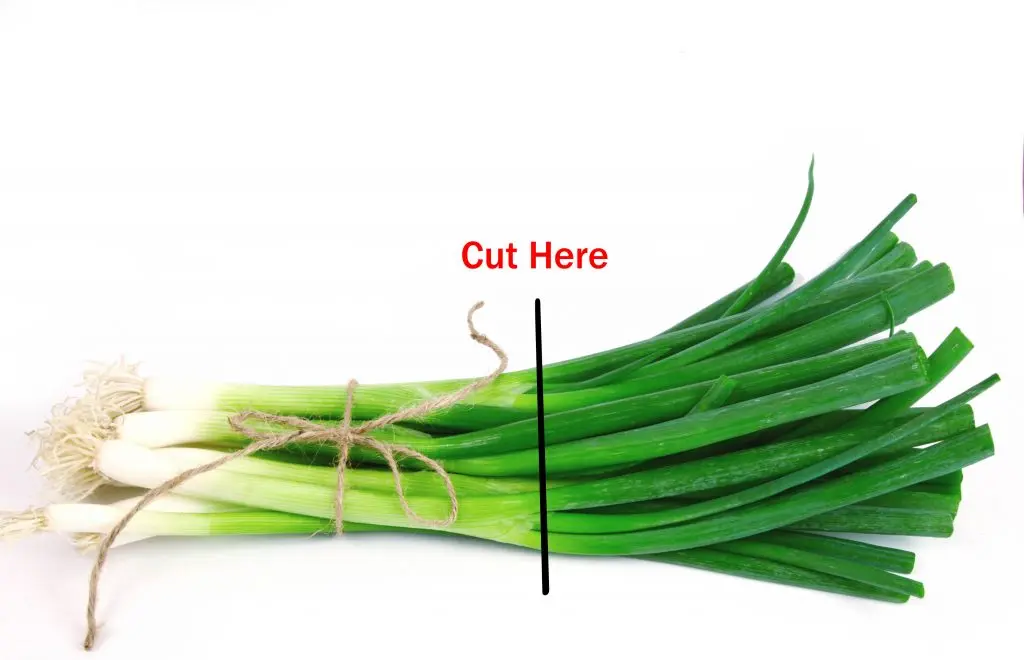
image source: aeroponicsvshydroponics
Advantages
- Speed: Cuttings grow faster than seeds since they already have a developed structure and only need to establish roots.
- Ease: Less initial setup is required, and the process is simpler, making it ideal for beginners.
- Consistency: Growing from cuttings ensures the new plants are genetically identical to the parent plant, providing uniform growth and yield.
Set up hydroponic system:
- Choose a Hydroponic System:
- Kratky Method: Simplest, passive system using a container with nutrient solution and no need for pumps.
- Deep Water Culture (DWC): Plants are suspended in net pots with roots submerged in nutrient solution, and an air pump provides oxygen.
- Nutrient Film Technique (NFT): A thin film of nutrient solution flows over the roots, requiring a pump and a slightly more complex setup.
- Selection of hydroponics depends upon the choice of the grower as different expertise and skills are required in different systems.
- without knowledge of suitable hydroponic system it is very difficult to understand “How to Grow Hydroponic Green Onions”.
- Prepare the Reservoir:
- Fill the reservoir with water and add hydroponic nutrients according to the manufacturer’s instructions.
- Adjust the pH of the nutrient solution to 5.5-6.5 using pH up or down solutions.
- EC and pH are very important with respect to the uptake of nutrients as if an imbalance occurs in the nutrient solution the plant will not be able to take proper nutrients from the solution. This will cost the retarded growth of plants and results in low and undesirable yield.
as we discuss germinating seeds and as well as by cutting methods to generate enough cuttings for planting.
Plant and Maintaining System:
If one can gained the skills of maintaining the hydroponic system well then nothing else is so much important in “How to Grow Hydroponic Green Onions”.
- Plant Seeds or Starter Plants:
- Place the germinated seeds or starter plants into the growing medium. Ensure the roots are in contact with the nutrient solution.
- Set Up Grow Lights:
- If growing indoors, set up grow lights above the plants. Green onions need about 12-16 hours of light daily.
- Light plays the most important role as hydroponics sets up in hydroponics and all the light facilities are to be engaged and provided for optimum growth.
- Monitor and Adjust:
- Regularly check the pH and nutrient levels of the solution, adjusting as necessary.
- Ensure the water level is maintained, especially in passive systems like the Kratky method.
- Provide Aeration:
- For DWC systems, ensure the air pump is running to provide oxygen to the roots.
- As if the aeration did not occur well then it may cause several diseases like root rot and plant growth to become stunted.
Temperature:
Temperature maintenance is the factor which controls the optimum growth of the plant. Metabolic activities work on specific temperatures and manipulation or undesirable temperatures cause a lot of hindrance in the growth of plants. Optimum temperature must remain between 15-25 degree celsius and below 15 and above 25 its growth will be affected.
Harvesting:
- Harvest Time:
- Green onions can be harvested once they reach the desired size, typically 6-8 weeks after planting.
- Harvesting:
- Use scissors to cut the green onions above the root base. This allows for regrowth and multiple harvests from the same plant.
- Avoid injury to plants by being gentle during the harvesting and always use sharp equipment as they do not cause injury and bruising to the plant.
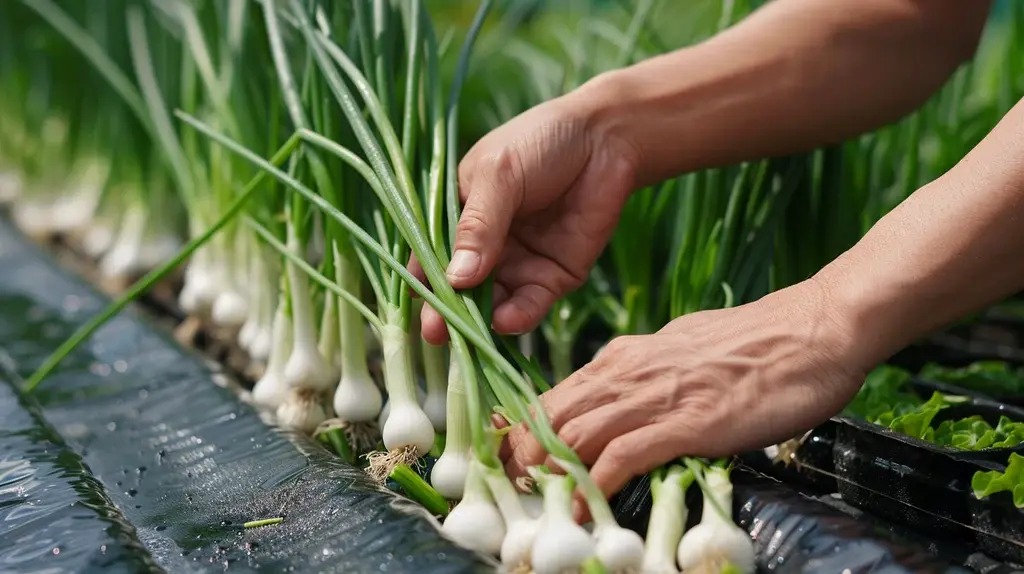
image source: canadagrowsupplies
A summary of optimum conditions:
| Parameter | Optimal Range | Notes |
| Temperature | 60-75°F (15-24°C) | Maintain consistent temperatures for best growth. |
| pH Level | 5.5-6.5 | Regularly monitor and adjust to keep within this range. |
| Light Exposure | 12-16 hours of light per day | Use full-spectrum grow lights if growing indoors. |
| Nutrient Solution | Hydroponic nutrient mix | Follow manufacturer’s instructions for dilution and mix proportions. |
| EC (Electrical Conductivity) | 1.2-1.8 mS/cm | Ensures adequate nutrient availability. |
| Relative Humidity | 50-70% | Helps to prevent diseases and promote healthy growth. |
| Air Circulation | Moderate, with good ventilation | Prevents mold, mildew, and other fungal issues. |
| Watering Frequency | Consistent, based on system type | Ensure roots are always in contact with nutrient solution (especially for passive systems). |
| Water Temperature | 65-75°F (18-24°C) | Prevents root diseases and promotes nutrient uptake. |
| Spacing Between Plants | 1-2 inches apart | Provides enough space for growth and air circulation. |
| Oxygenation | Aeration required for DWC and similar systems | Use air pumps and stones to oxygenate the nutrient solution. |
Conclusion:
Green onions are one of the unique crops which are now becoming popular as people are now aware of different nutrition knowledge and prefer low fat, high protein diets. And this crop is one of the best in the category of having low in fats and high in fiber and proteins. When it is grown in hydroponics it is grown at its full potential and gives more yield than conventional farming. One thing should be considered that before opting this venture one must know the skills to handle it as it is more technical than conventional farming. So, “How to Grow Hydroponic Green Onions” is a easy if one can maintain the management system properly.
Join Our Hydroponics Growers Group!
Connect with fellow hydroponics enthusiasts, share your ideas, ask questions, and grow together as a community.
👉 Join WhatsApp Group
